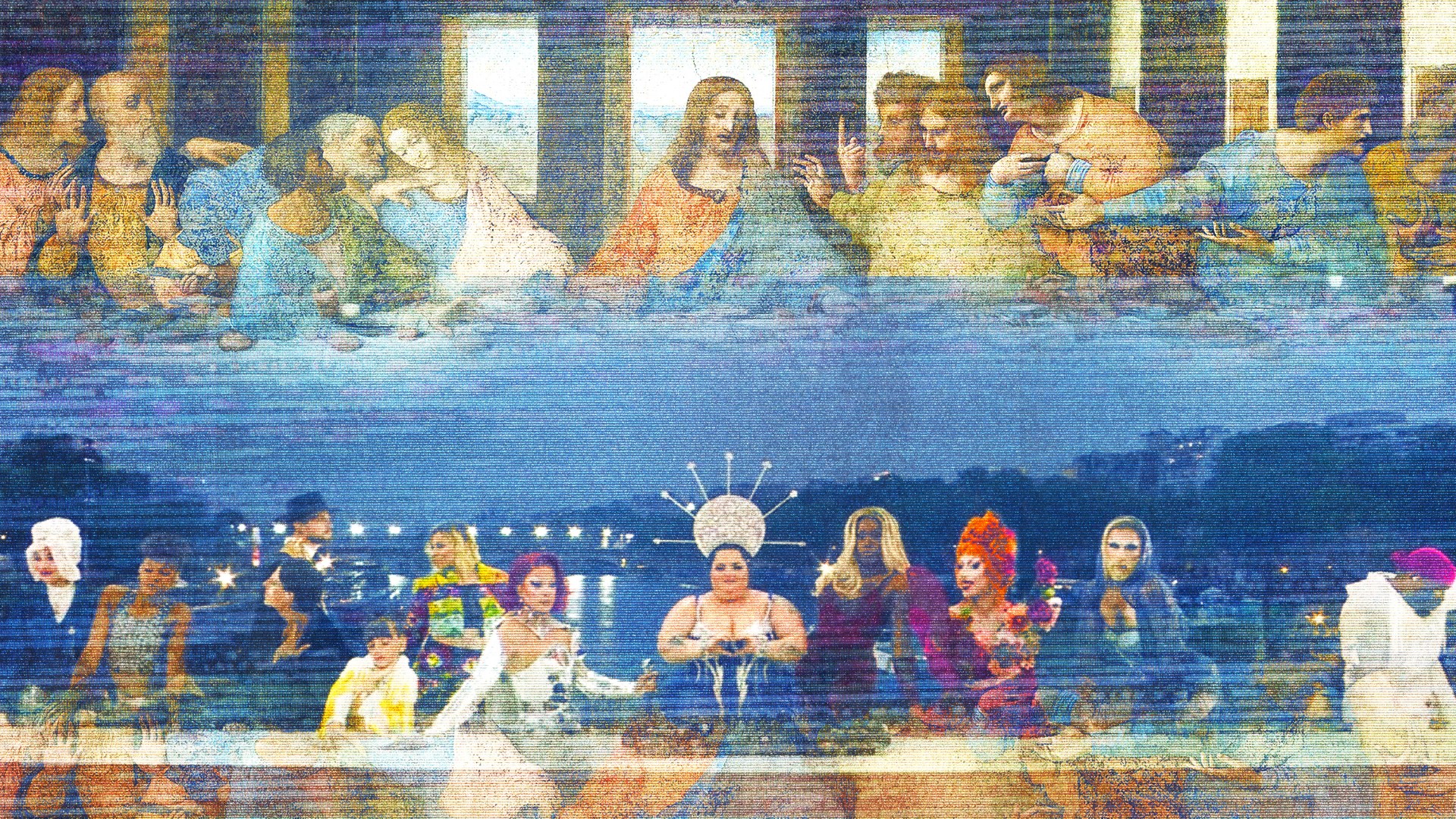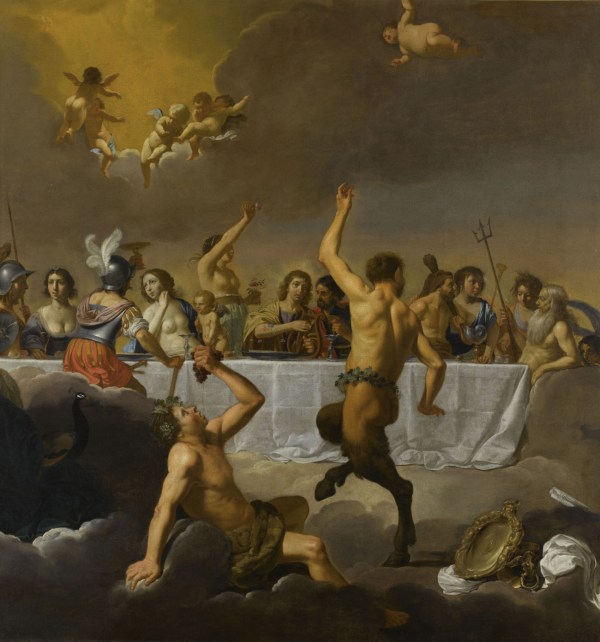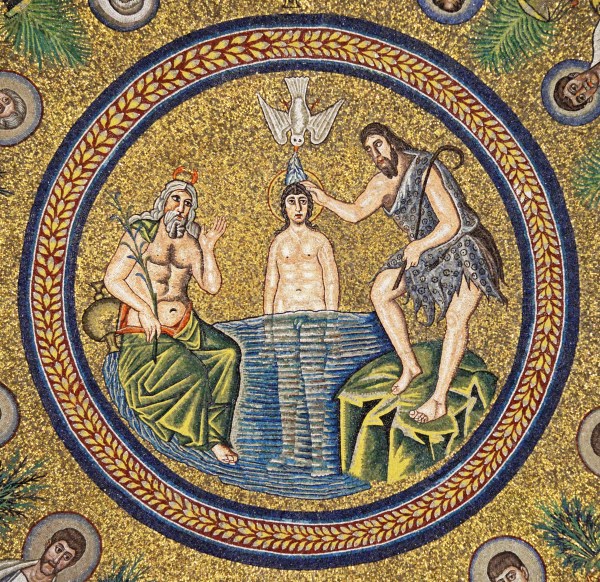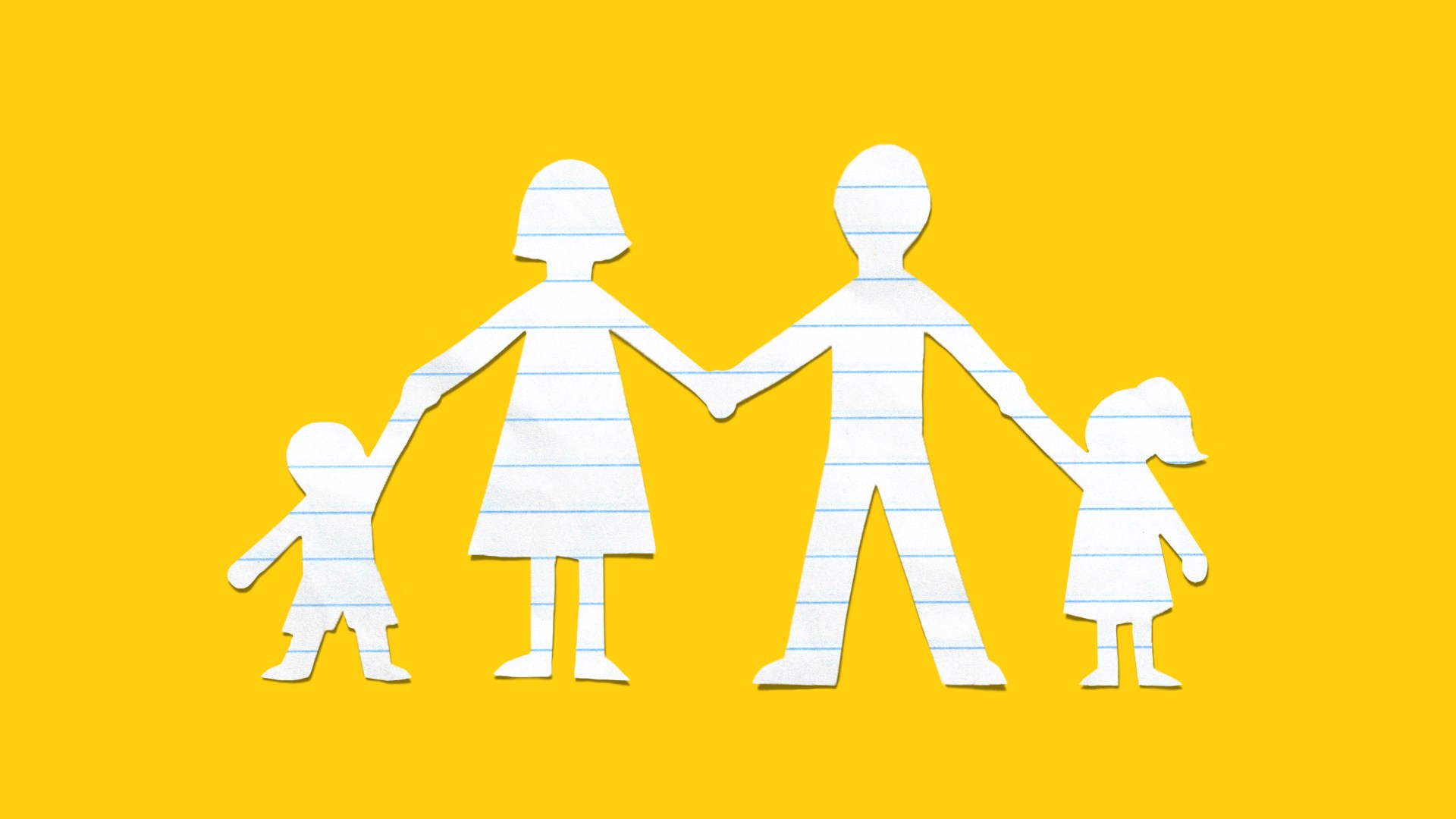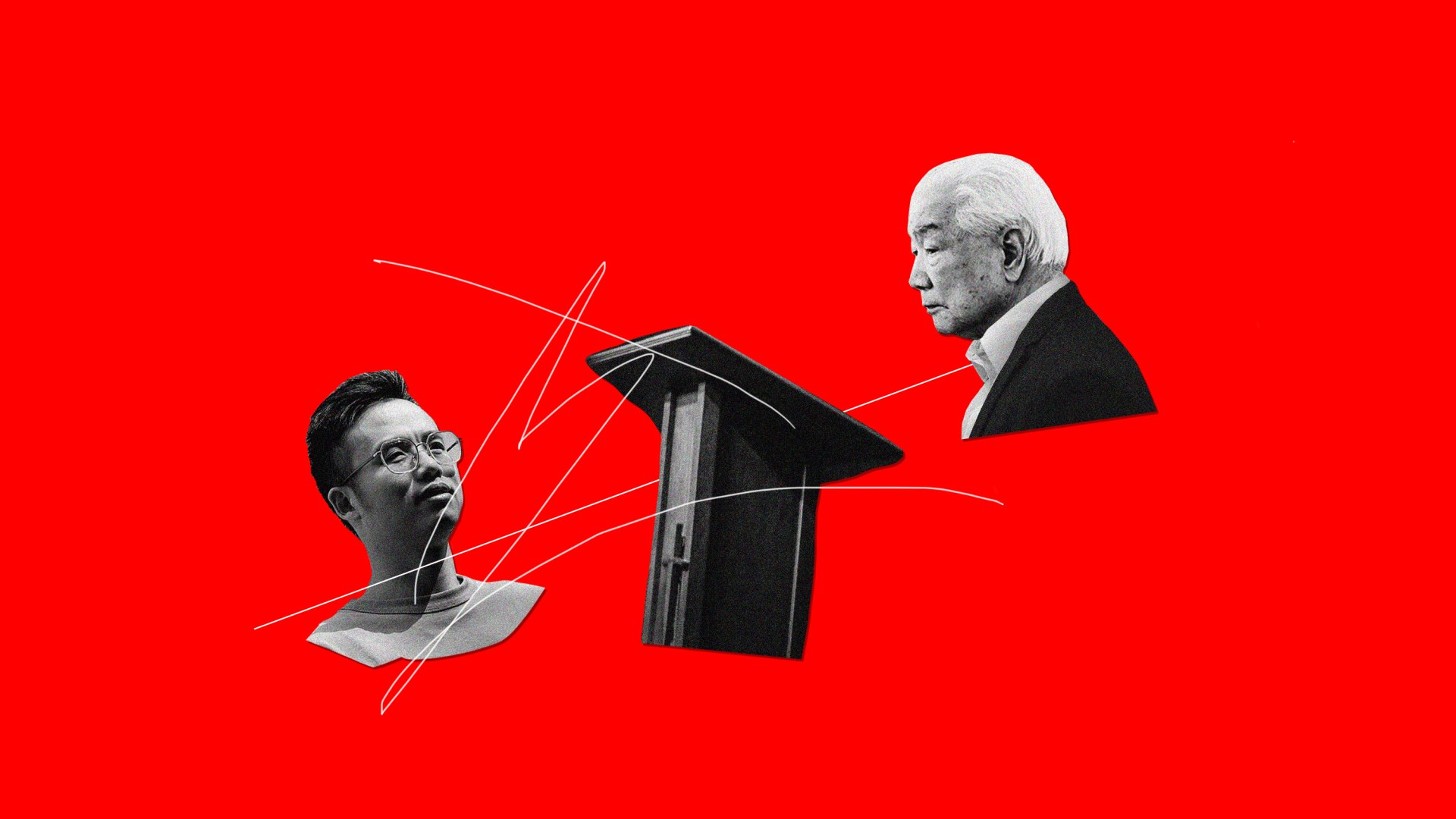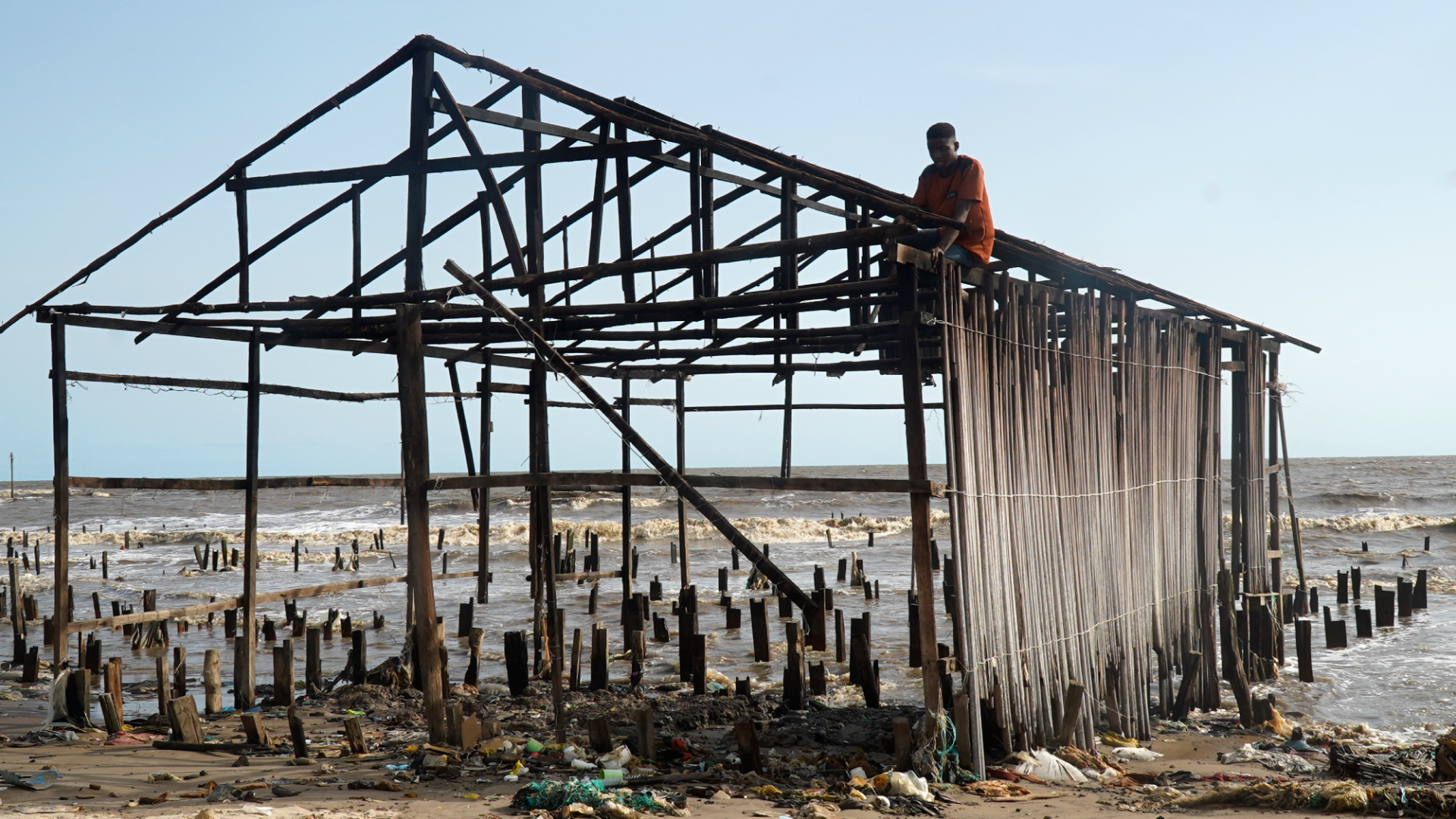When the COVID-19 pandemic pushed K–12 schooling online and gave public school parents a new window into how and what their children were learning, a nationwide debate erupted. Public curricula on race, class, and gender and the role of parents in shaping their children’s education came under scrutiny as they hadn’t for two decades.
By 2023, 22 states had implemented parental rights or curriculum transparency laws or executive orders, to varying results. In Maryland, Muslim and Christian parents sued their local school board for not allowing them to opt their elementary-aged kids out of mandatory LGBTQ story hours. In the state of Washington, the recent “Parental Rights initiative”—requiring public schools to release children’s medical records to their parents—is being challenged in the courts.
Meanwhile, homeschooling is now the fastest-growing form of education in the country. Once illegal in many states and associated with white, religious conservatives, it is increasingly ethnically, religiously, and politically diverse. Some parents are (wisely) taking it on a kid-by-kid, year-by-year basis.
How did we get here? And how should Christians—especially those who want to both train up their children in the way they should go (Prov. 22:6) and seek the welfare of their city (Jer. 29:7)—think about the potential tension between the right of parents to direct their children’s education and the role of the state and wider community in forming educated citizens?
William Blackstone’s 1765 commentary on English common law is the seminal text on parental rights in the Anglo-American constitutional tradition. It begins not with the radical independence of autonomous adults but with parents’ intimate and enduring relationship with their children. The Creator of the universe, Blackstone wrote, has implanted in the heart of every mother and father a deep, familial love for their offspring that nothing can totally destroy. Parents present in their kids’ lives have a unique opportunity to know their children’s individual needs, proclivities, and capacities.
From this footing, Blackstone and his American counterparts in our country’s formative legal years struck a middle path between the absolute power of the state and the absolute power of parents, alternatives for which they found historical warnings in the legal codes of Sparta and Rome, respectively.
On one hand, because parents typically know and love their own kids, the responsibility of raising, protecting, and educating children belongs first and foremost to parents, not to the state or the broader political community. Early American legal commentator James Kent faulted the ancient Spartan regime’s attempt to subsume the individual into the state. “It is a plain precept of universal law,” wrote James Schouler, another influential 19th-century American jurist, that “young and tender beings should be nurtured and brought up by their parents.”
On the other hand, since parents’ power is “derived from” their duty, Kent continued, their power is not (and in the Anglo-American tradition never has been) absolute. There is no right to abuse or neglect one’s offspring. Indeed, Kent emphatically denounced the Roman patriarch’s power of life and death over his children as “barbarous and unfit for a free and civilized people.” (Similarly, writing in the context of the Roman family in his letter to the Ephesians, the apostle Paul instructs fathers not to provoke their children to anger [6:4].)
Complicating Blackstone’s somewhat neat account of parental rights, however, every state in America funded common schools and passed a compulsory school attendance law between 1852 and 1918. In a political community where “We the People” rule, it was argued, shouldn’t all parents be required to educate their children so that they may take on the responsibilities of citizenship when they grow up? As Schouler wrote, “So intimately is government concerned in the results of early training that it interferes, and justly, too, both to aid the parent in giving his children a good education, and in compelling that education.”
But then, don’t compulsory school attendance laws shift the responsibility of rearing children from parents to the state? Numerous state supreme courts resolved this tension by upholding the general authority of the state to form an educated citizenry while also protecting the right of parents to direct the particulars of their own children’s education. According to these decisions, states may set minimum educational standards, but parents have the flexibility to meet those standards in a variety of ways, both inside and outside of the classroom.
For example, these courts ruled that parents have the right to opt out their children from studying certain subjects or from participating in certain activities in public schools (such as bookkeeping, grammar, singing lessons, and dancing exercises in a physical education class).
In a frequently cited decision that closely followed Blackstone’s argument, the Wisconsin Supreme Court wrote in 1874 that parents have the “paramount right … to make a reasonable choice from the studies in the prescribed course which his child shall pursue” because parents are “likely to know the health, temperament, aptitude and deficiencies” of their own children. Moreover, the Massachusetts and Indiana Supreme Courts, at the turn of the 20th century, ruled that parents have the right to educate their children at home, provided, of course, that they meet the minimum standards set by the state.
This story culminates in the US Supreme Court’s landmark decision of Meyer v. Nebraska in 1923. In the aftermath of the Great War, the Nebraska legislature criminalized teaching foreign languages to children before the eighth grade in order to destroy “alien enemy sentiment” and “Americanize” the large German American population in the state. In response, Zion Lutheran School offered foreign language instruction during recess, which it argued was technically outside of regular school hours. Enraged, vandals shot out the school’s windows and burned all its German-language books.
However, at the behest of his students’ parents, Robert T. Meyer—a 42-year-old round-spectacled, mustached teacher at the school—persisted, teaching German from a book of biblical stories. He was fined a full month’s salary. Undeterred, he said that he had the responsibility to teach his students to practice “the religion of their fathers in the language of their fathers.”
On appeal and in front of the Supreme Court, Meyer’s legal counsel declared that the case poses “one of the most important questions that have been presented for a generation”—namely, whether the state or the parent “has control over the education of his child.”
In a 7–2 decision, the Supreme Court struck down the law, ruling both that public education is of “supreme importance” and also that a parent’s right to direct his or her children’s education is “essential to the orderly pursuit of happiness by free men.” Echoing Blackstone’s thesis, the Meyercourt held that, “corresponding to the right of control, it is the natural duty of the parent to give his children education suitable to their station in life.”
Today, in the United States, Christians can be thankful for our legal right to fulfill our sacred duty to educate our children according to the dictates of our consciences, whether at home or in public or private schools—a right unavailable to many Christians across the globe. Indeed, stories abound of Christian families from places like Cuba and Germany seeking refuge in America in order to educate their children as they see fit.
Of course, Blackstone’s framework, even modified for a democratic people, will not neatly resolve all disputes between parents and the state. It does not give parents the right to unilaterally dictate what is taught in public schools. But it does suggest that, since parents typically know and love their own kids, they ought to have the right to direct the particulars of their children’s education.
Joseph K. Griffith II is the William Blackstone Professor of Law & Society at the Ashbrook Center and an assistant professor of political science at Ashland University. This article is adapted from a previously published paper, “‘Long Recognized at Common Law’: Meyer and Pierce’s Nineteenth- and Twentieth-Century Precedent on Parental Educational Rights and Civic Education,” in Perspectives on Political Science.








